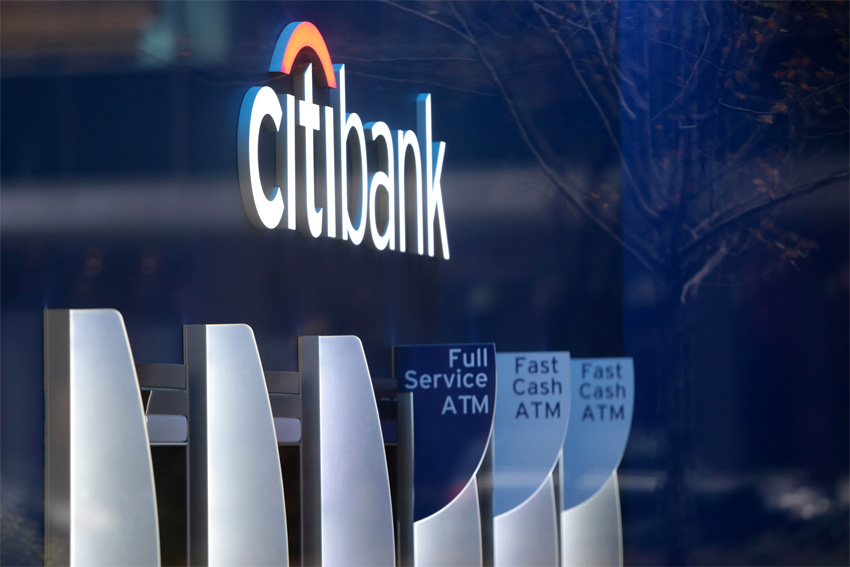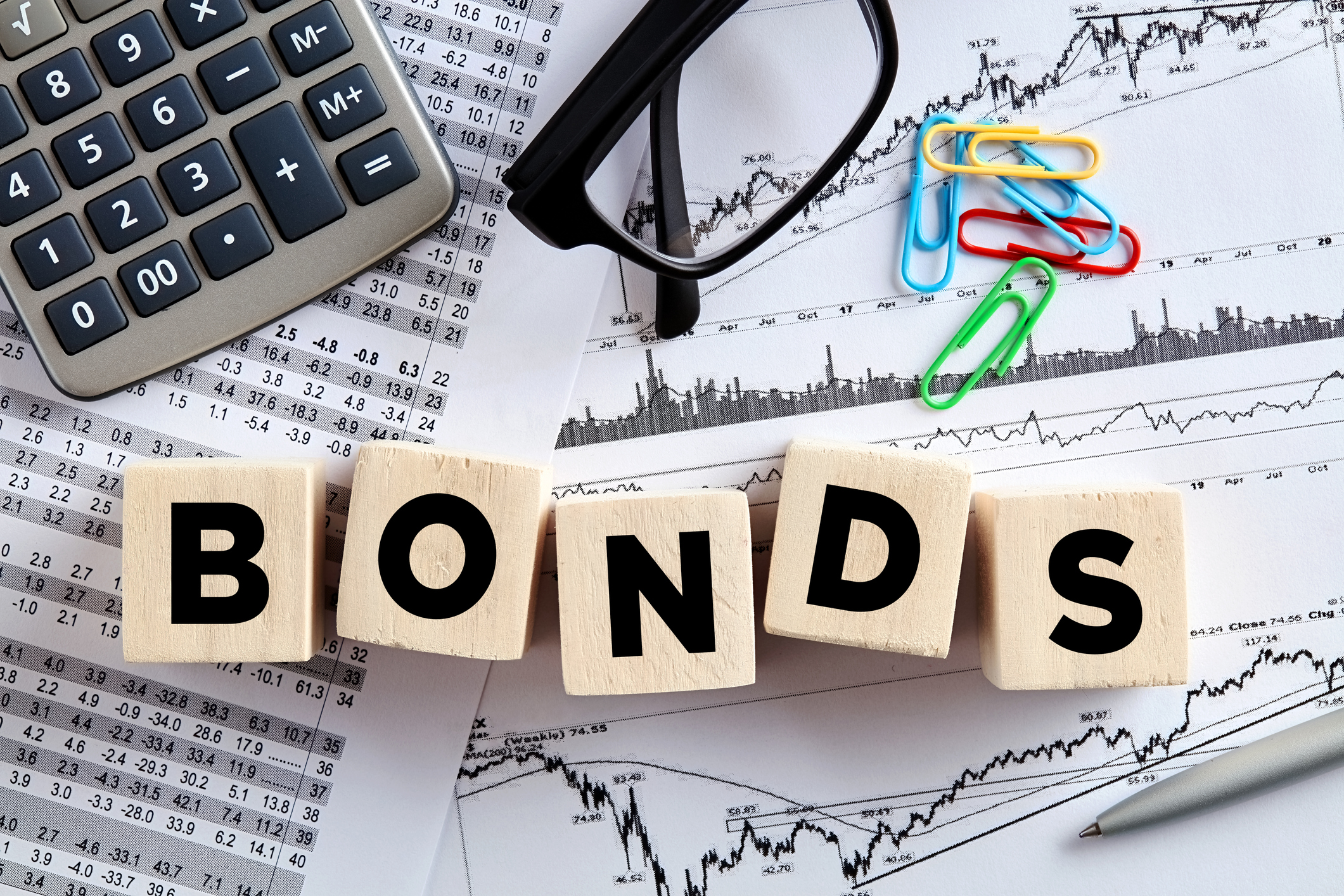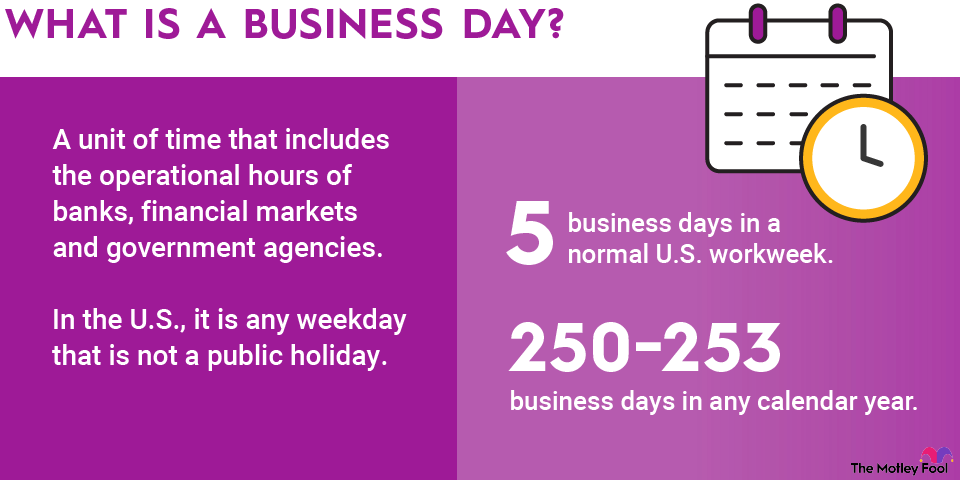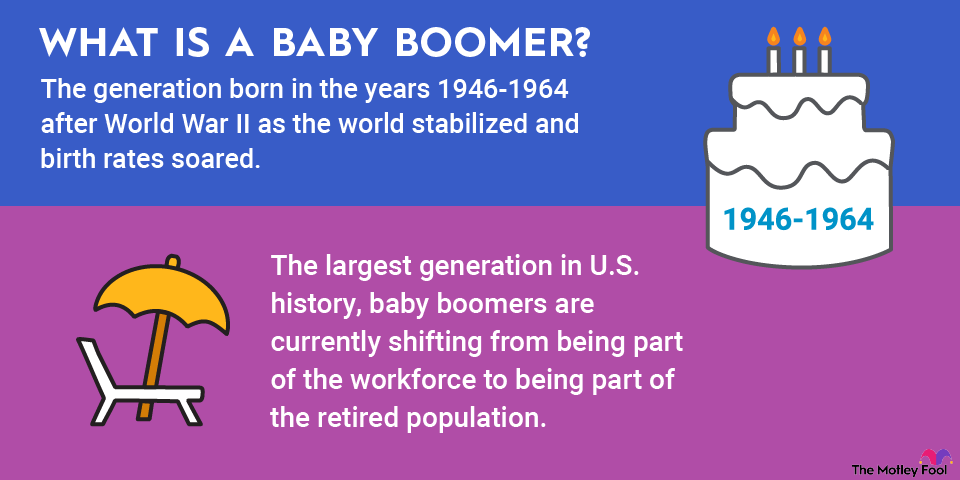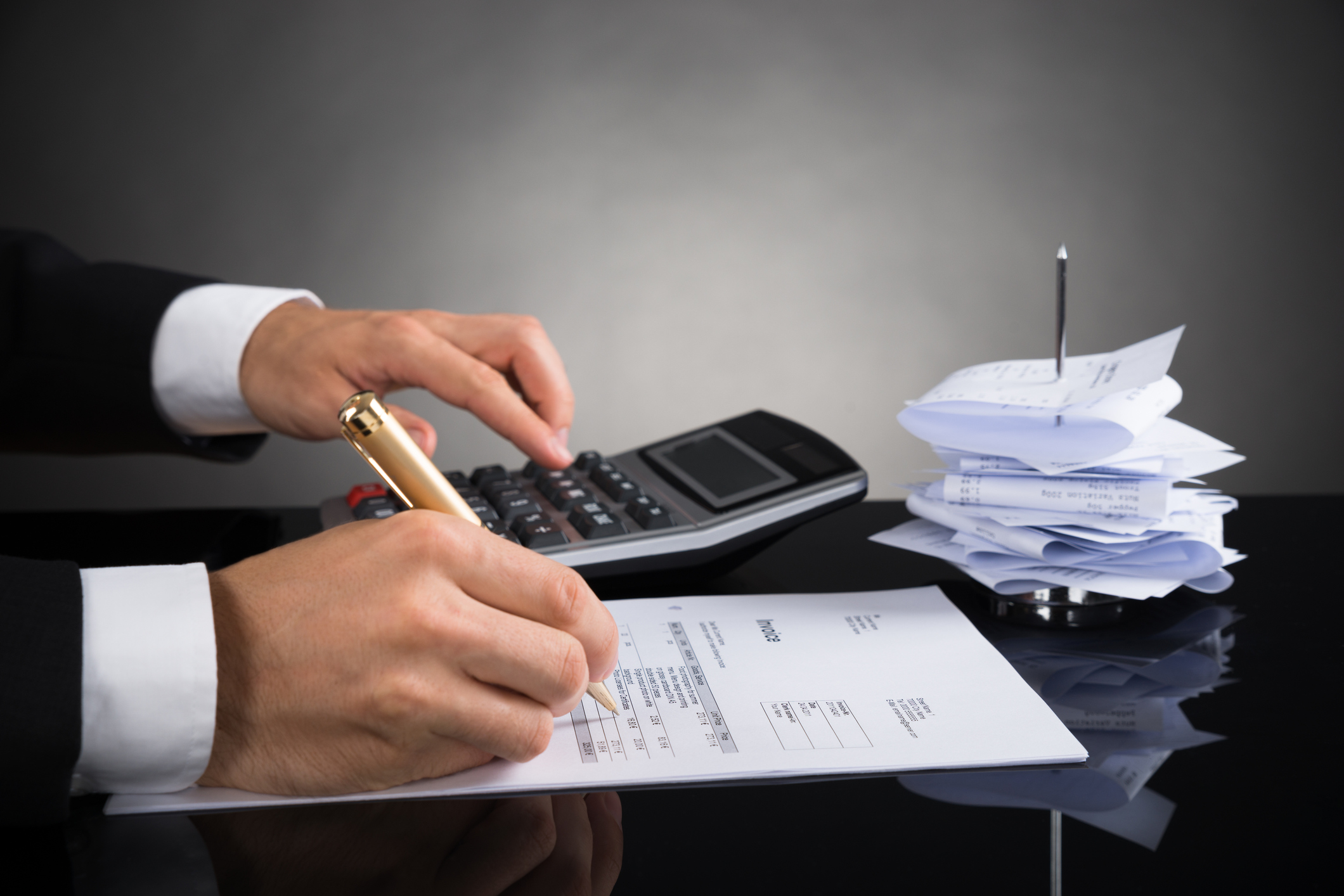
What is blockchain programming?
The technology is very flexible and can be used for many different things. Remember that the data block records much more than just the basic details of each transaction such as buyer and seller, date and time, and the actual thing that changed hands. Most blockchain networks have room for a lot of additional data.
Cryptocurrencies such as Bitcoin, Dogecoin (DOGE -6.11%), and Litecoin (LTC -7.45%) don't go much further than the basic transaction records because that's all they were designed to do. There is no need to muddy the waters with advanced features if you just want to build a secure system for money transfers and long-term value storage. Each cryptocurrency provides these functions in a slightly different form. Bitcoin focuses on inflation-free value protection, while Dogecoin offers faster transactions in an inflationary value system.
Other cryptocurrencies have made fundamentally different design choices. For example, Ethereum carries both permanent information about each transaction and the temporary state of the Ethereum network, including the balance of Ethereum tokens in each digital wallet. A third branch of the blockchain network contains the platform's smart contracts. The transaction network only points to the unique smart contract addresses for each data point rather than packing all of this information into a large and hard-to-handle transaction. This design reduces the size of each Ethereum block, which, in turn, allows the whole system to run faster and more efficiently.
What is blockchain used for?
The architecture has many different uses, and relatively simple cryptocurrencies in the Bitcoin mold only scratch the surface of what this technology can do.
The previously noted smart contracts are pieces of program code that can be executed by the Ethereum virtual machine when a predetermined set of conditions has been met. Let's say you want to sell an asset on the Ethereum network if a bidder offers a certain number of Ethereum tokens for it. You could set up a smart contract that checks the value of all incoming bids for your asset -- which could be a piece of real estate, a non-fungible token (NFT), or any other unique property -- and only accepts transactions above your minimum bid.
The virtual machine code is executed every time the preset conditions are met. This is the lifeblood of decentralized finance applications, including the aforementioned NFTs.
But that's just one small example in a vast ocean of possibilities. In practice, blockchains can manage any system that involves digital data points and/or transactions.
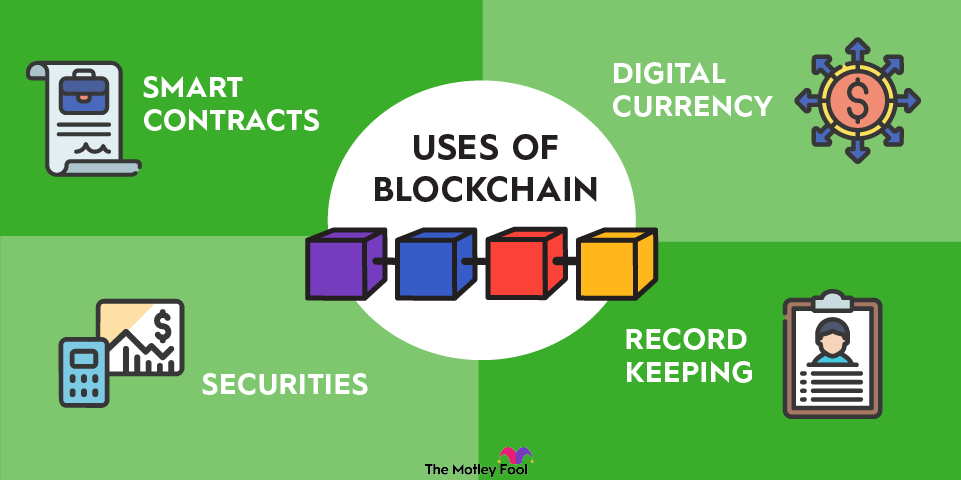
How to invest in blockchain
Blockchain networks offer tons of promise for real-world implementation with game-changing implications for nearly every sector and industry. That being said, these are still the early days of cryptocurrency and blockchain technologies, and many loose ends are up in the air. The situation is arguably similar to the internet of the 1990s when many future business giants were created in garages and college campuses around the world -- but no one had quite figured out how to make money online yet.
Regulators around the world are still trying to figure out how legal and tax-related frameworks should look for the long term, especially on an international level. Also, both consumers and governments will probably need many years to build trust in these newfangled technologies.
Early investors can make a lot of money on blockchain networks and related stocks as the industry develops over the long haul, but every name won’t be a guaranteed winner. A sensible blockchain investor should approach this evolving sector with diversification and careful ticker-picking in mind.

